10 Animals That Don’t Get Along with Kangaroos
Kangaroos are truly unique and fascinating creatures, famous worldwide for their incredible hopping abilities and distinctive appearance.
They are known for their strength and agility and are generally viewed as friendly animals. However, there are some animals that don’t quite see eye-to-eye with kangaroos, and we’ll explore why in this article.
We’ll be highlighting ten creatures that have a contentious relationship with kangaroos, but don’t worry; we’ll explain the reasons behind their lack of compatibility.
What animals do kangaroos hate? – 10+ Animals That Don’t Get Along with Kangaroos
01. Dingoes
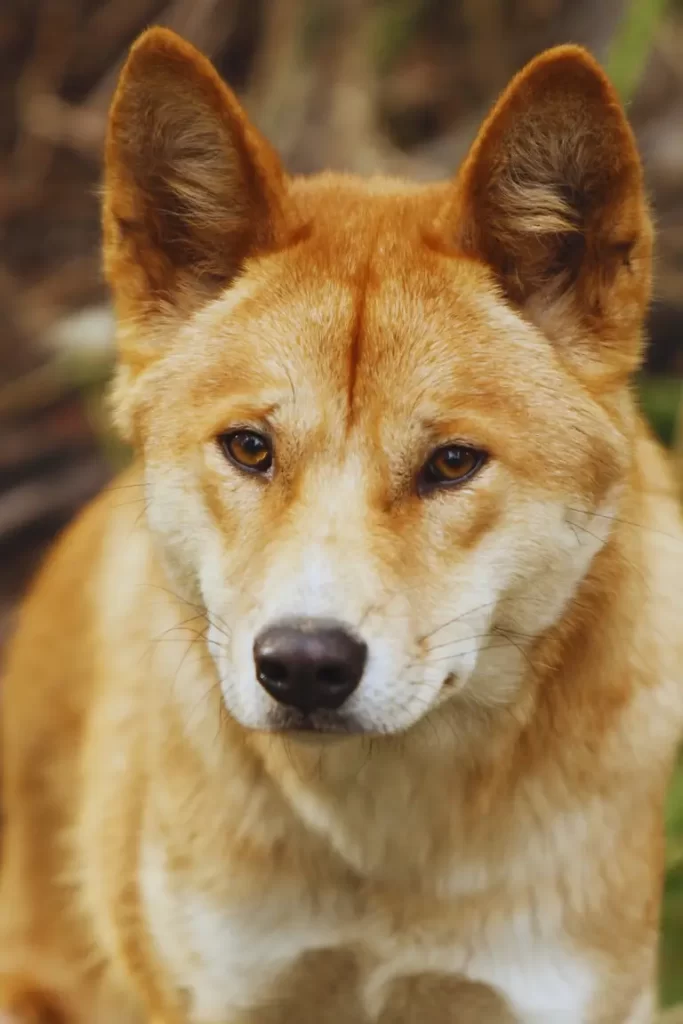
Dingoes, fascinating wild dogs indigenous to Australia, frequently find themselves at odds with kangaroos. With their opportunistic hunting instincts, dingoes occasionally target kangaroos, particularly young and defenseless individuals.
Such predatory inclinations have naturally given rise to an underlying animosity between these two remarkable species.
In the intricate tapestry of Australia’s wildlife, the interaction between dingoes and kangaroos stands as a testament to the perpetual struggle for survival and the delicate balance of nature.
02. Domestic Dogs
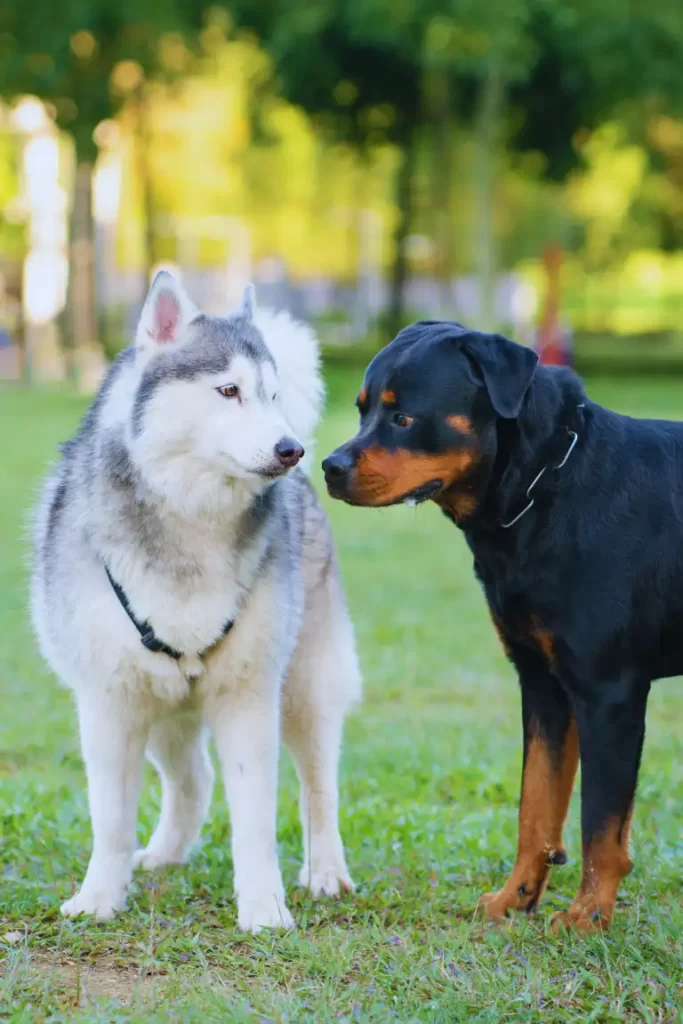
While peaceful coexistence between kangaroos and domestic dogs is possible in certain situations, there have been several documented cases of aggressive encounters between the two.
Dogs, especially those lacking proper training or unfamiliar with kangaroos, have a tendency to chase or provoke them.
As a result, these interactions can quickly escalate into confrontations that pose risks of injury to both parties involved. This highlights the significance of responsible pet ownership and ensuring that dogs are appropriately trained and supervised when in the presence of wildlife.
03. Feral Cats
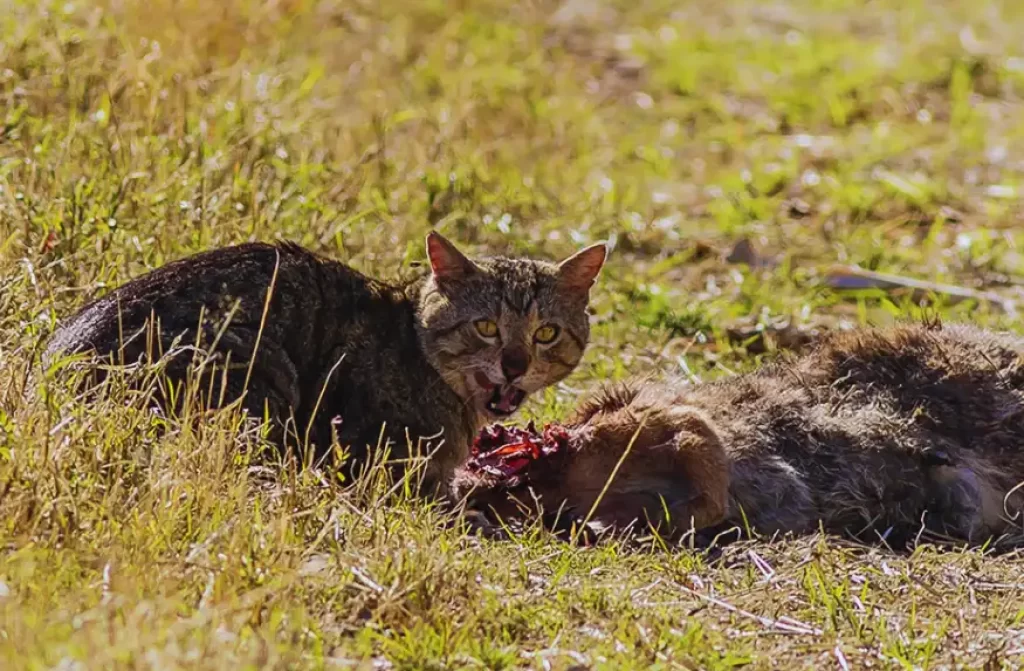
Australia’s varied wildlife faces a significant issue with feral cats, as their hunting instincts make them a concern. Despite kangaroos being larger than the typical prey for cats, feral cats can still pose a threat.
Their relentless pursuit and attacks cause distress and anxiety among kangaroos, especially the young ones.
Feral cats can disrupt kangaroos’ natural behaviors and well-being, even without being direct predators. Thus, effective management strategies are necessary to minimize these negative interactions.
04. Crocodiles
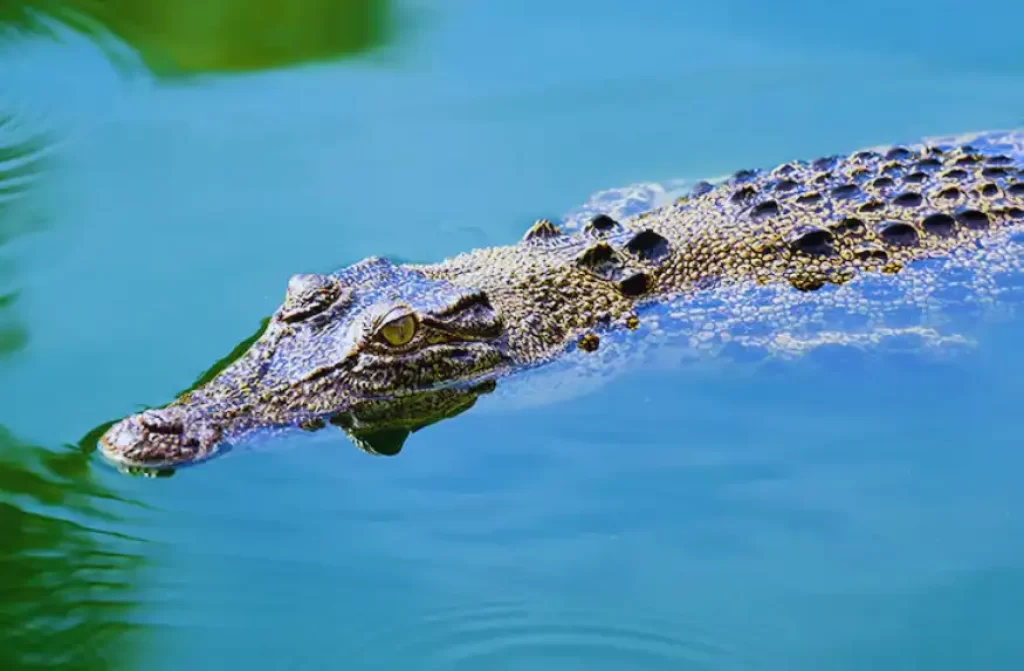
Although kangaroos and crocodiles typically occupy distinct habitats, instances of crocodile attacks on kangaroos near water bodies have been documented.
With their ambush hunting strategy, crocodiles capitalize on opportunities presented by unsuspecting prey. If a kangaroo ventures close to the water’s edge, it becomes susceptible to a crocodile’s attack.
The proximity to water poses a significant risk, as crocodiles possess remarkable stealth and power in their natural environment. Such encounters highlight the potential dangers faced by kangaroos when they navigate territories overlapping with crocodile habitats.
05. Snakes
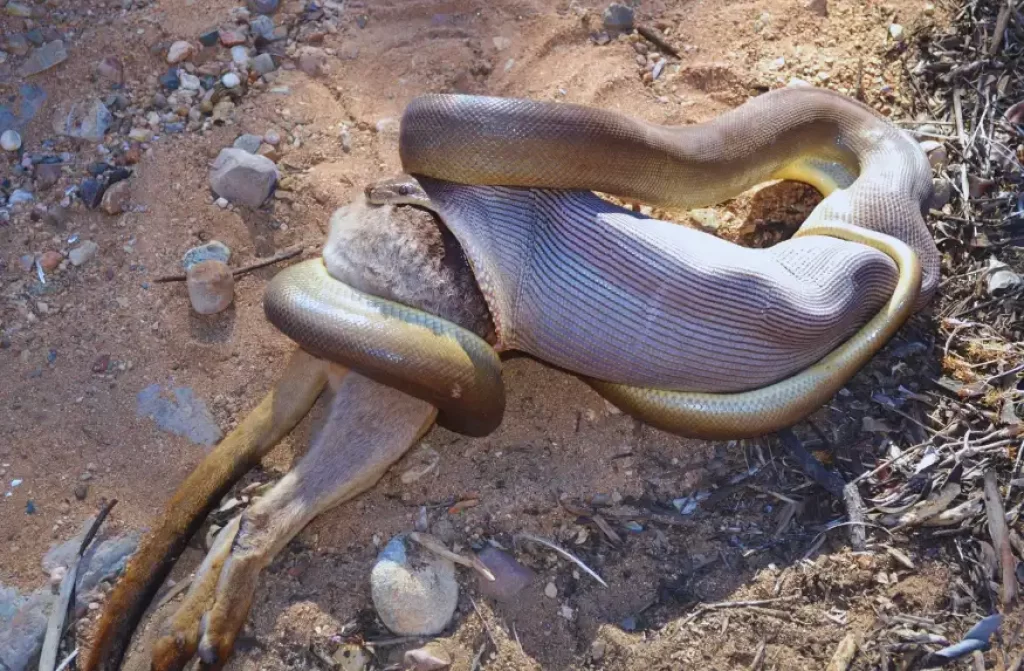
Within Australia’s rich wildlife, a variety of venomous snake species coexist alongside kangaroos, presenting potential threats. Unsuspecting of the snakes’ presence, Kangaroos may become targets for venomous bites.
Nevertheless, kangaroos possess formidable defenses in the form of sharp claws and powerful kicks, which can act as deterrents and potentially inflict injuries upon snakes.
This intricate dance of survival showcases the contrasting strategies and adaptations of these animals as they navigate the shared landscapes of the Australian wilderness.
The encounters between kangaroos and snakes exemplify the delicate balance of predator-prey dynamics in this diverse ecosystem.
06. Wedge-Tailed Eagles
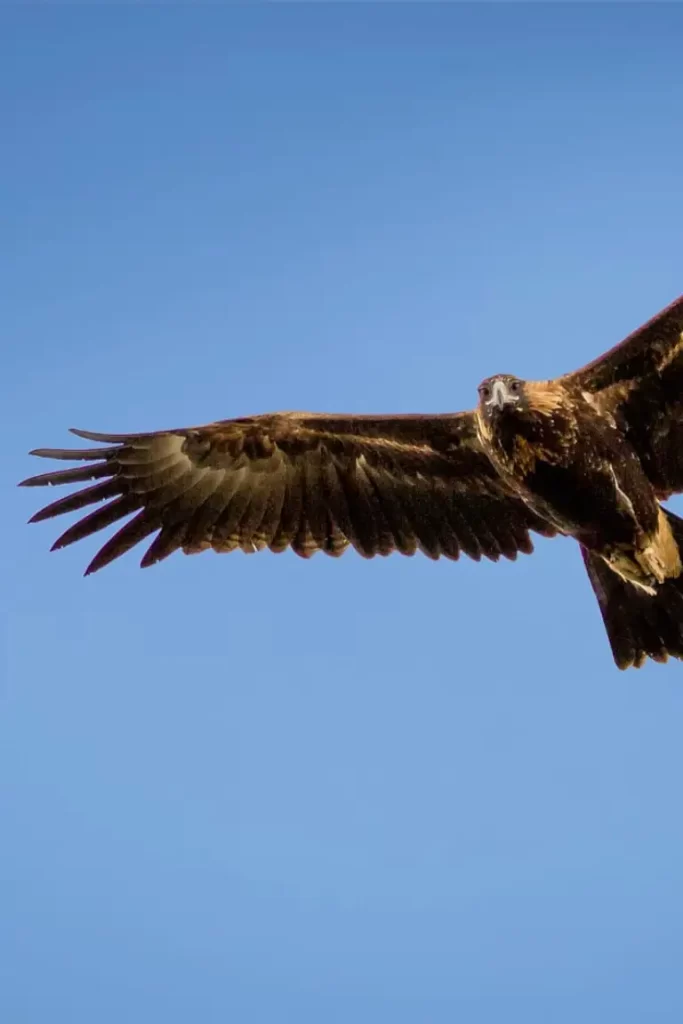
In Australia, some excellent Wedge-tailed eagles, which happen to be the largest birds of prey in the country, sometimes go after kangaroos, especially the young ones who can’t defend themselves.
These eagles are known for their impressive ability to swoop down and try to grab young kangaroos with their powerful talons.
Although this behavior can cause some worry among the kangaroos, it’s just nature taking its course. It’s fascinating to see how these top predators and kangaroos interact and how their skills affect life in the Australian outback.
07. Emus
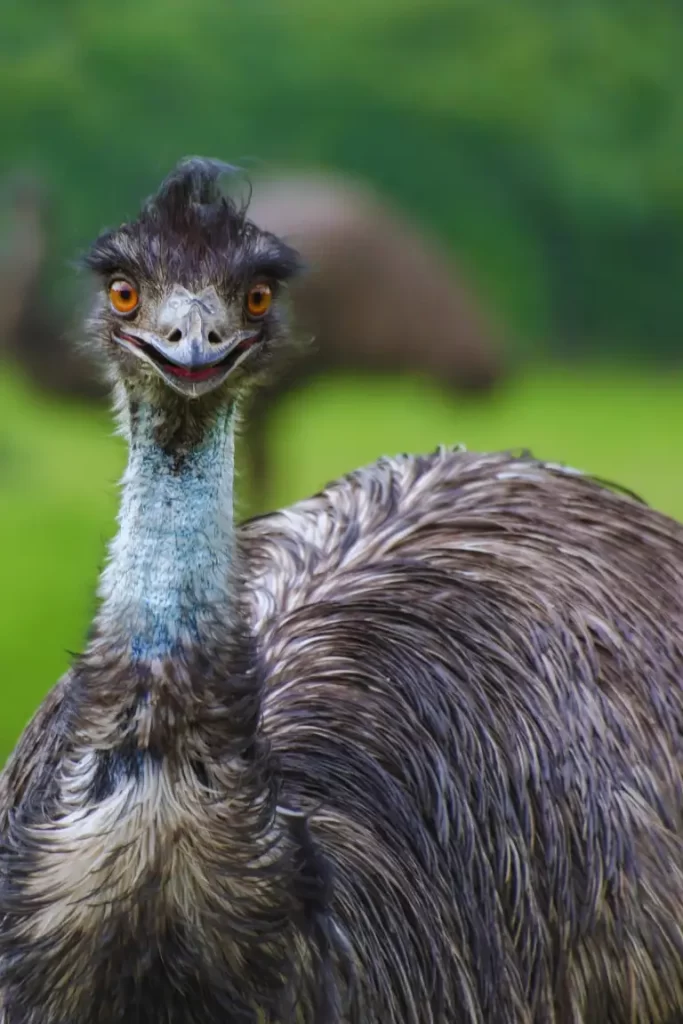
Emus and kangaroos are two amazing animals that live in Australia. They sometimes have conflicts because they both need to eat grass and vegetation.
This leads to confrontations as they try to establish dominance over their territories. Seeing how these creatures navigate the challenging landscape and struggle for resources in the Australian ecosystem is fascinating.
It shows us how important it is to have survival instincts and the pursuit of nourishment in the natural world.
08. Wombats
Did you know that although wombats are usually calm, they can become territorial and aggressive if they feel threatened? If a kangaroo enters their territory, wombats may display defensive behavior and even confront the kangaroo.
10. Humans
Did you know that humans have a big impact on kangaroos and their habitats? As cities and towns grow, they can interfere with the places where kangaroos live. This can cause problems between kangaroos and other animals, like pets.
When people and kangaroos are too close together, they may not always get along. It’s important to find a balance between letting people build homes and businesses and ensuring that kangaroos and their homes are protected.
By being responsible and careful, we can make sure that kangaroos and humans can live in peace and harmony.
11. Tasmanian Devils
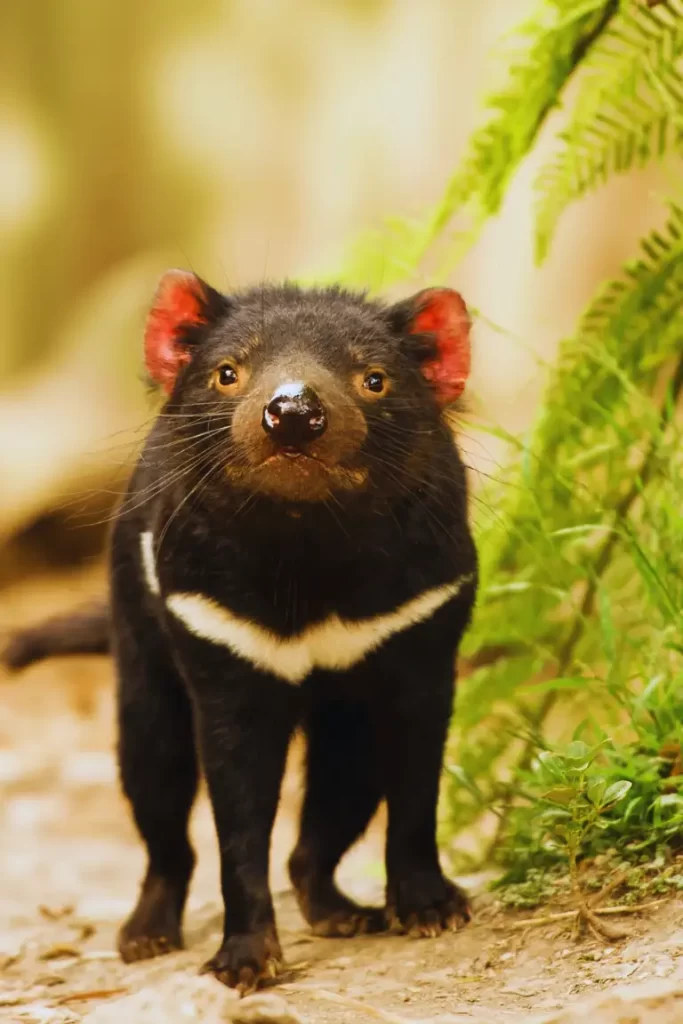
The Tasmanian devil is a carnivorous marsupial with a fierce bite and a reputation for aggression. This unique animal can only be found in Tasmania, and while it doesn’t typically clash with kangaroos, it may compete for resources by scavenging its carcasses.
The Tasmanian devil, scientifically known as Sarcophilus harrisii, is an iconic carnivorous marsupial that is endemic to the island state of Tasmania, Australia.
This creature is known for its powerful jaws and muscular build, and it has a reputation for being an aggressive predator. While the Tasmanian devil does not usually engage in conflicts with kangaroos, it may scavenge on their carcasses for resources.
Related animals
FAQ
Are kangaroos aggressive to other animals?
Kangaroos are generally not aggressive toward other animals, and they prefer to avoid confrontations whenever possible. However, they can exhibit territorial behavior and may engage in conflicts if they feel threatened or if their personal space is invaded. Kangaroos are known for their powerful kicks, which they primarily use for self-defense against predators or perceived threats.
Male kangaroos, especially during mating season, can display aggressive behavior towards other males, engaging in boxing matches where they balance on their tails and deliver strong kicks with their hind legs. This behavior is part of their natural competition for mates and establishing dominance.
Can a kangaroo kill you with a kick?
Yes, a kangaroo has the potential to cause significant harm or even be fatal with a powerful kick. Kangaroos possess long, muscular hind legs that allow them to deliver forceful kicks as a defense. They have strong and sharp claws on their hind feet, which can cause deep lacerations or puncture wounds.
While kangaroo attacks on humans are rare, they can occur in certain situations. For instance, if a kangaroo feels threatened, cornered, or provoked, it may react defensively by kicking out with its hind legs. This is more likely to happen when humans approach too closely or try to interact with a kangaroo inappropriately, disregarding their wild nature.
Do kangaroos eat other animals?
No! Kangaroos are herbivores, and their primary diet consists of vegetation such as grasses, leaves, and shrubs. They are well-adapted to a plant-based diet, with specialized teeth for efficient grazing and a complex digestive system to extract nutrients from fibrous plant material.
While kangaroos are not carnivorous, there have been rare reports of kangaroos displaying opportunistic or scavenging behavior.
In certain situations, kangaroos have been observed consuming small vertebrates or insects. These instances, however, are considered atypical and not a significant part of their natural diet.
Conclusion
Kangaroos are really cute, but sometimes they don’t get along with other animals in their neighborhood. Some animals may compete with them for resources or even try to eat them!
It’s important to understand these relationships so we can make sure all the animals in Australia can live together in peace.
If you enjoyed reading this article, please check the links bellow for more content. We hope you have a pleasant reading experience!







